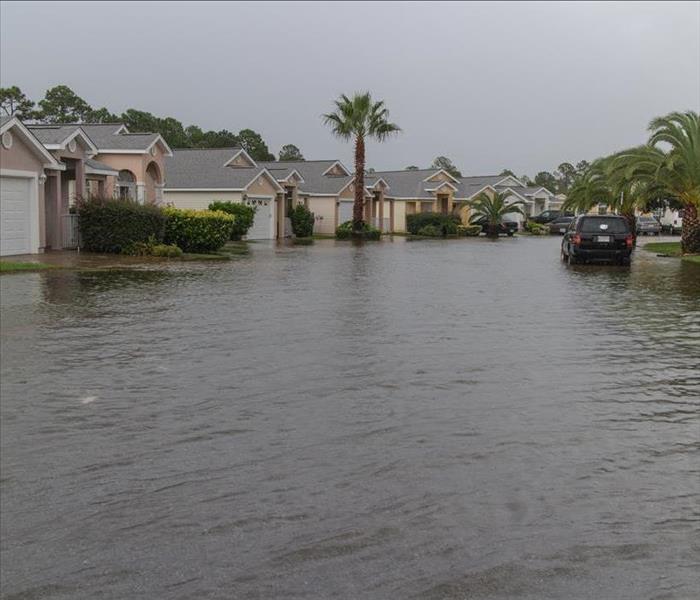Design & Construction Changes That Help Protect Against Flooding
11/10/2020 (Permalink)
Hurricanes, tropical storms, and flooding from each may not be likely to slow down in the coming years. Take the 2020 Atlantic Hurricane Season for example; the season was expected to have 16 storms and it far surpassed that. Like the most recent storm, Tropical Storm Eta, much of the 2020 season has brought about a significant amount of property damage. This is not surprising as just in 2018, 24% of all property loss insurance claims were attributed to water damage.
Flooding, the biggest water damage risk, is only becoming an even more prominent problem. In the past two decades, there has been more than sixty-five billion dollars worth of flood damage worldwide. The challenge many cities face, especially in South Florida, is the challenge of living near beaches, rivers, and lakes. These bodies of water can quickly flood neighboring homes and buildings during a particularly heavy bout of rain. There are also many areas that are flood zones due to the lack of proper infrastructure (think the ease in which Miami streets flood during storms). With potentially many more active storm seasons ahead of us and the risk of flooding only growing, is there a solution to avoiding water damage to homes and buildings?
1. Amphibious foundations, a brain child of Professor Elizabeth English, is one potential way of combatting the damage of flooding. English and her students created foundations that respond to floods, moving the home with the rising and lowering of water levels. While this concept has not been considered a widespread solution, many countries are beginning to implement the idea.
2. Flood-proofing, an adopted but not complete solution, are measures taken to prevent the damage floods cause. When building a home or other structure, they may be designed to be elevated, built as waterproof, or even built with additional features that will allow some water in but allows only minimal damage.
3. Changes in land use and development are also critical in combatting flooding. Many developers are either building new areas or retrofitting established neighborhoods in ways that can alleviate the amount of water that is allowed during a storm. This might be through creating wetlands that will collect additional water and slow flooding into neighborhoods. Some developers are even embracing flooding and rising sea levels by including elevated landscapes or retrofitting vulnerable areas.
While there is no single sure-fire solution, adapting the design and construction of new structures with anticipation of flooding, especially in South Florida, may prevent the increasing water damage claims and the amount of damage residents face.

 24/7 Emergency Service
24/7 Emergency Service
